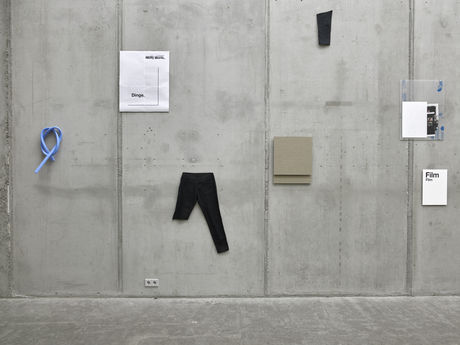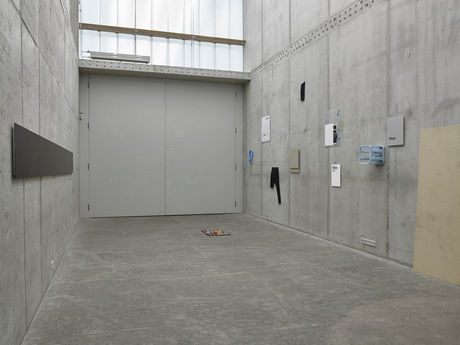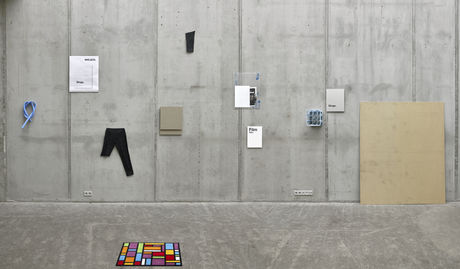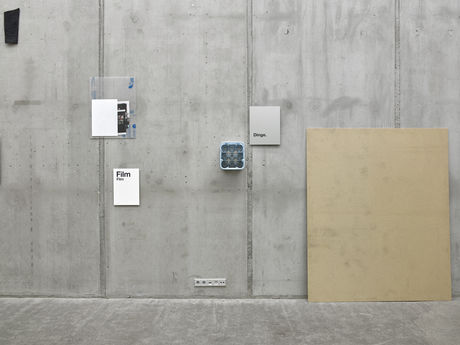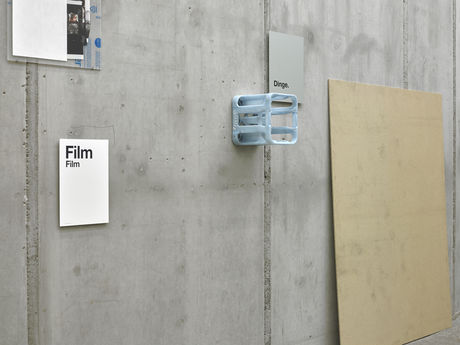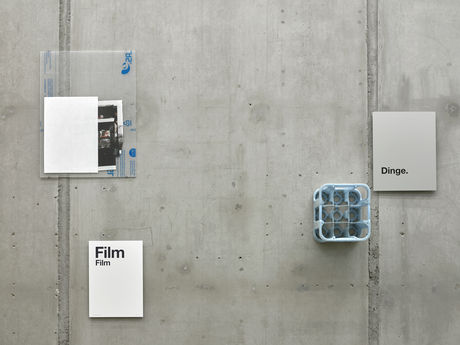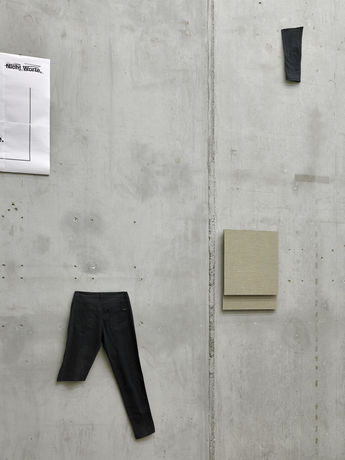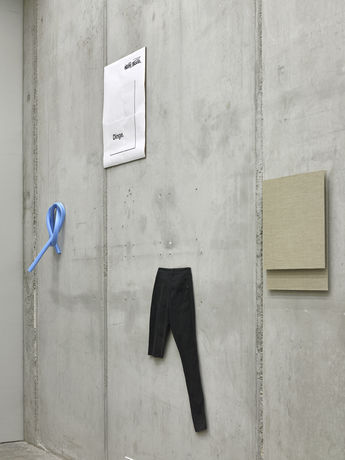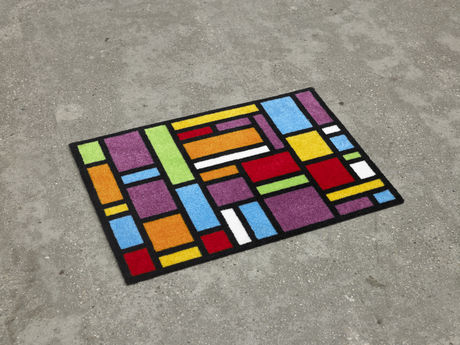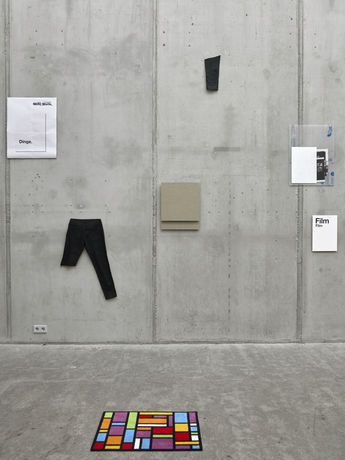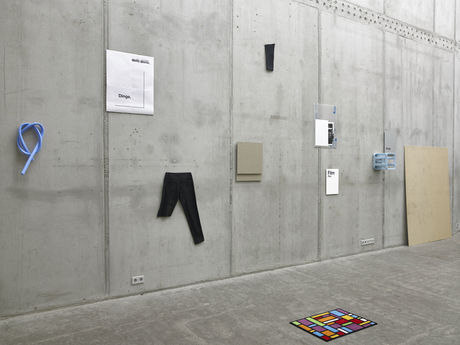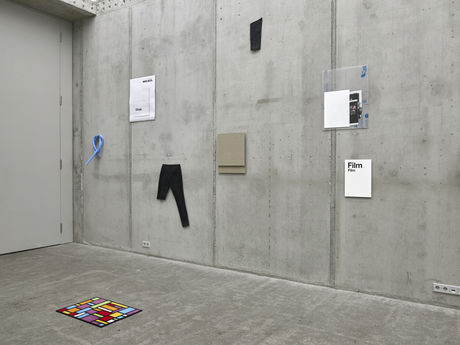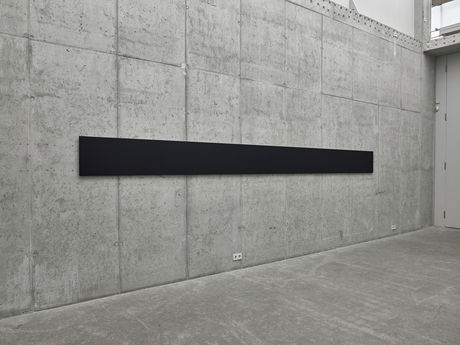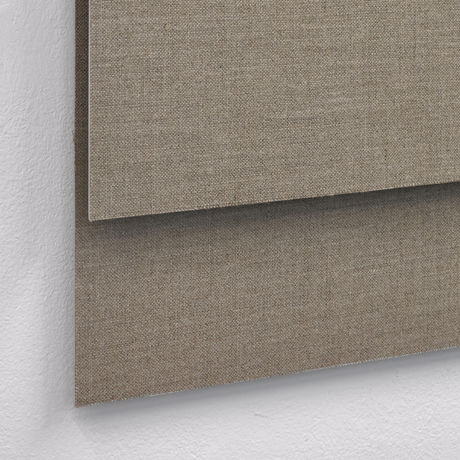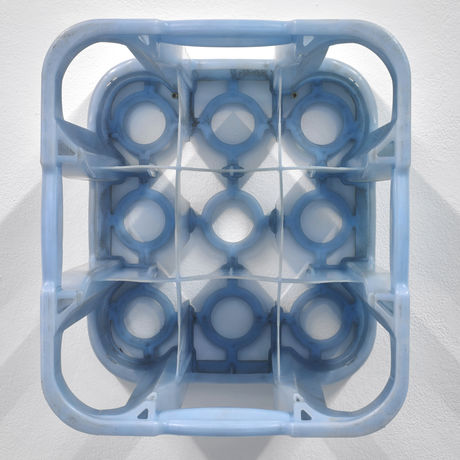Nov 19, 2016 – Jan 29, 2017
Something is clawing away at the foundations. Swarms of thinkers are busy undermining a worldview in which the human being sits at the center. What Sloterdijk once portrayed polemically as the degressive line of development from God to man and from man to Smurf might be described as a series of narcissistic wounds dealt to the Western subject: Copernicus shattered the illusion that the universe revolved around the earth; Kant pulled the plug on the belief that cognition is more than what is going on in our heads; Freud demonstrated that we are not even masters in those same heads; and now we are being told that we have vastly overestimated the difference between human being and coffeemaker. For the longest time, the social world was believed to be populated by subjects, and reality was what these subjects comprehended—language being the paradigmatic instrument of comprehension. But this guiding idea of Western thought has started to unravel, and the era of anthropocentrism is crumbling. Does that make us Smurfs? Who knows.
Climate change, financial-market algorithms, artificial intelligence—we now often describe complex issues like these as networks of relations: as interactions between material and immaterial objects and events. Things and signifiers, concepts and systems are said to play a role as social actors, to be no less dynamic in the pursuit of their interests than we ourselves. The traditional relation between subject and object, man and world, is stretched to its limits and put to the test. One of the experts manning the test stand is Heinrich Dunst. The Viennese artist’s exhibition ventures forward into a paradigm shift currently under debate; known as the material turn, it proposes a reevaluation of the part things play in reality as we experience it and as it has meaning to us. Relying on simple means, Dunst experiments with a model of perception that immerses our gaze and our thinking in an experiential situation in which subject-object relations and the linguistic forms operative in them cast off the straitjacket of anthropocentrism.
The eleven objects Heinrich Dunst has brought to Berlin for his second exhibition at KOW generate a semantic field that dispels the commanding authority of our own seeing and understanding. Taken by itself, each of the installation’s components would seem to be semantically underdetermined and hardly merit the term “work,” but the interrelations between them are so multifaceted that their function and purport in the overall context proliferate interminably. No reading can exhaust the ensemble; its semantic complexity makes a conclusive interpretation of what the beholder sees virtually impossible. Formal and conceptual correspondences perpetually cross each other, introducing the contemplation into an open linguistic-formal system that is subject to different criteria at different times. As a consequence, the work seems to range entirely in the present, in forever new language games.
But more than anything else, what makes Dunst’s experimental arrangement interesting is this: while the linguistic capacities of the objects and their interactions are amenable to scrutiny, the beholder’s cognitive faculties start to falter. Correspondences between what he or she perceives and its verbal representation are never more than temporary and speculative; they are overwritten at the next moment. An intranslatability emerges between things and language, an indefinable non-representational relation. Yet in Dunst’s staging, such incongruence is not a failure but the performative dimension of subject-object displacements. Their significance remains porous, evanescent, and pertinent to the now; any totality, including the totality of a subject-centric conception of reality, is revealed to be inadequate to the matter at hand.
Translation: Gerrit Jackson
Photos: Ladislav Zajac, KOW
Dossier:
